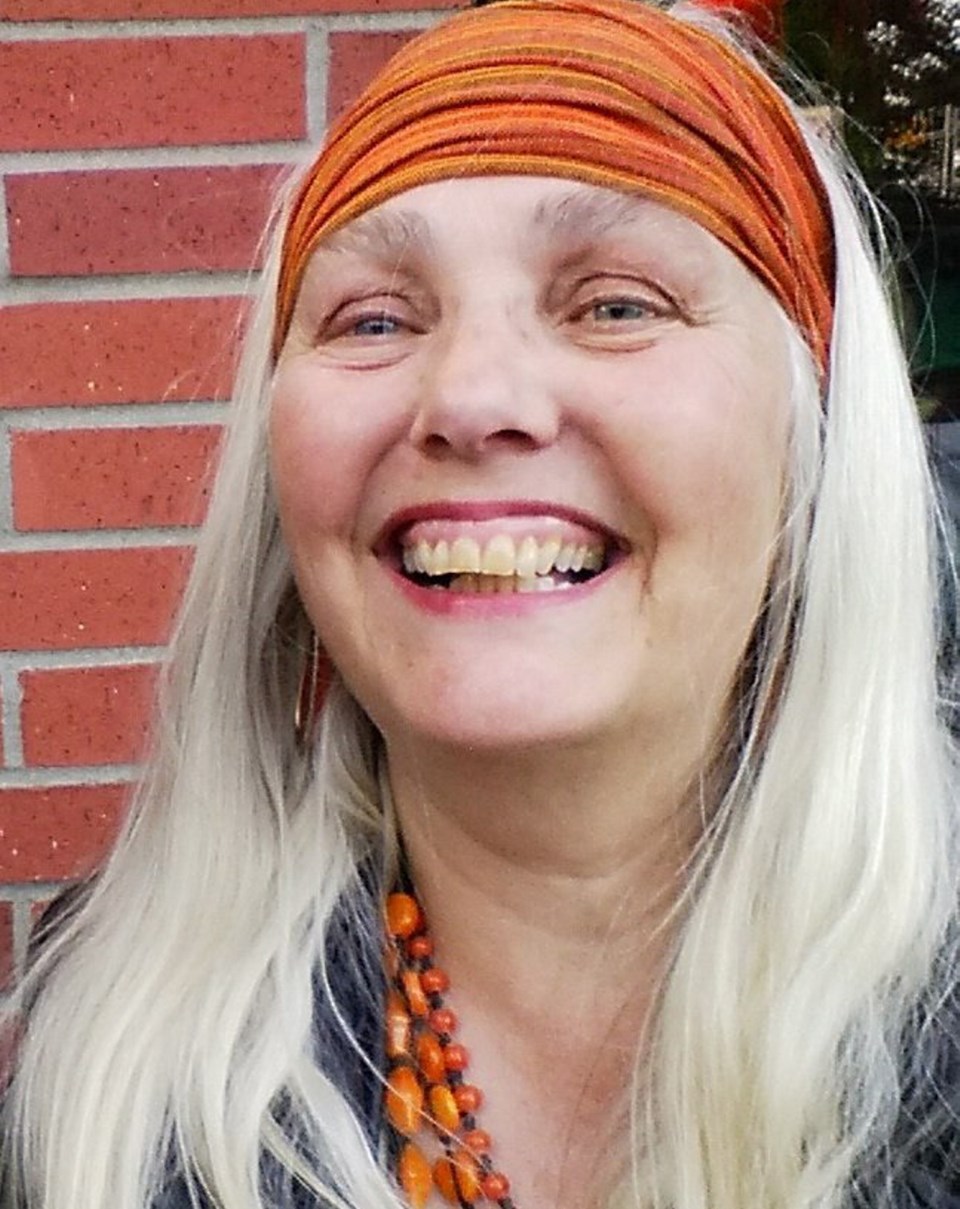 It’s the old catch-22. You can’t publish a book about an artist nobody’s heard of. How can you hear about an artist if no one has published the book?
It’s the old catch-22. You can’t publish a book about an artist nobody’s heard of. How can you hear about an artist if no one has published the book?
Mona Fertig, of Saltspring Island, is the sole operator of Mother Tongue Publishing. I recently read The Life and Art of Harry and Jessie Webb by Adrienne Brown, which is the seventh book of Mother Tongue’s series The Unheralded Artists of British Columbia. Fertig deserves far more support than she has so far been given for this fascinating and noble project.
These days, not much of our art history is being published beyond the usual stories of Bill Reid and Emily Carr.
“So much is being written about so few,” Fertig said, laughing. Gary Sim of Vancouver has documented the first years of that city extensively in his B.C. Artists project.
“He was the first person I contacted, long ago,” Fertig recalled. And Kerry Mason, teaching at the University of Victoria, is “a light shining in the wilderness.”
But neither have books in print.
Fertig was born in 1954 in Vancouver to creative parents whose offbeat lifestyle is beautifully described in her book, The Life and Art of George Fertig. George Fertig’s evanescent and spiritual work is treasured by those who know it, “but all these paintings, who will want them?” she wondered.
Even when he was producing artwork, he was ignored by “the powers that be,” in his case the Vancouver Art Gallery, the Vancouver School of Art and the University of British Columbia. It seems that if you weren’t in the inner circle with Jack Shadbolt, you really didn’t count.
Mona felt a personal sense of obligation to tell the story of her father, who died in 1993.
“Do I have the nerve to tell the story? Do I have the right? With no relatives, how would I find the stories?” she asked. “My parents lived quite a minimalist lifestyle, and they didn’t keep a thing. We had their art and their sketches … but to write a book is a huge thing.”
At first, she interviewed her father’s friends, sculptor David Marshall and painter Leroy Jensen. Her interviews sat on the shelf for years, and in the meantime those artists died.
“I have to get on with it,” Fertig told herself.
Fertig had begun writing at the age of 12, and by 17 she was hanging out with the poets downtown. She managed a year at the Vancouver School of Art. Soon, inspired by Sylvia Beach, whose Shakespeare and Company was the literary centre of Paris between the wars, Fertig opened the Literary Storefront in Gastown in 1978.
She wrote poetry, published handmade books and put on readings. Later, with her husband Peter and two children, she moved to Tsawwassen, but discovered that suburbia was a “cultural wasteland.” One day, the poet Daphne Marlett called from Saltspring.
“When I put down the phone a little light lit up in my head,” Fertig recalled. What about Saltspring? She and her husband have lived there since 1990. “Now I am a country mouse,” she concluded.
She and her husband created more than 100 “book art” limited editions of Canadian poets using antique letterpress technology. She submitted her manuscript about her father but no publisher would take a risk on an “unheralded artist.” So she decided to do it herself and in 2007 held an art auction to get things underway.
Since then, she has found that the writers and researchers were eager but the Vancouver Art Gallery and the Art Gallery of Greater Victoria haven’t been any help.
“It’s been really hard cracking the inner circle,” Fertig lamented. Despite the importance of Ina Uhthoff and Edythe Hembroff to the gallery’s history, she couldn’t get them to book a talk by author Christina Johnson-Dean at the Victoria gallery. The Vancouver Art Gallery isn’t interested in local art history, either.
“It’s a very old story that keeps repeating itself,” Fertig mused. “I thought it was maybe just my dad, but it’s still a very tight scene.”
Mother Tongue’s books are carefully researched and edited, and well-illustrated. They have been nominated for the B.C. Book Awards and the Victoria Book Prize. Where has the funding come from? Aside from small grants for individual projects, she says, “it’s personal — we put our money in. I haven’t really made anything, it has been really very difficult.”
After publishing 18 books in the past eight years, Fertig is at last able to receive “block funding” from the Canada Council, adding a hint of stability to her admittedly risky venture. But the B.C. Arts Council won’t move her up to its “block” program.
“They admit I’m doing quality work, but they won’t move me up. I’m worn out. Unless I move into the block, I can’t continue,” she lamented. And she is not only battling bureaucracy, but also e-books, the loss of small bookstores and offshore printing in China.
Leaving the struggles aside, any conversation with Fertig leads to conversations about more of the “unheralded” artists in our province.
She has found a passion for being an “art sleuth,” and as long as she is able she’ll continue to celebrate the unknown art history of this place.
Books in the Unheralded Artists of B.C. series from mothertonguepublishing.com, available through most bookstores:
The Life and Art of David Marshall by Monika Ullman
Frank Molnar, Jack Hardman, LeRoy Jensen by Eve Lazarus et al.
George Fertig by Mona Fertig
Mildred Valley Thornton by Sheryl Salloum
Ina D. D. Uhthoff by Christina Johnson-Dean
Edythe Hembroff-Schleicher by Christina Johnson-Dean
Harry and Jessie Webb by Adrienne Brown
